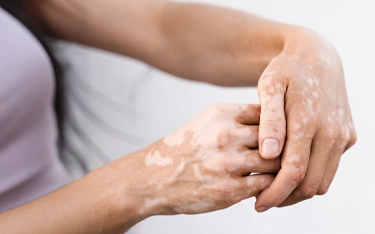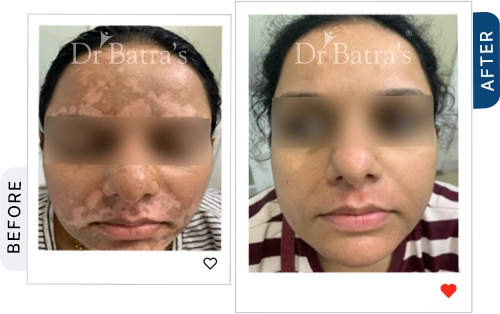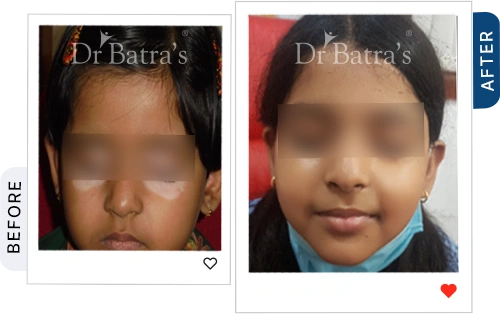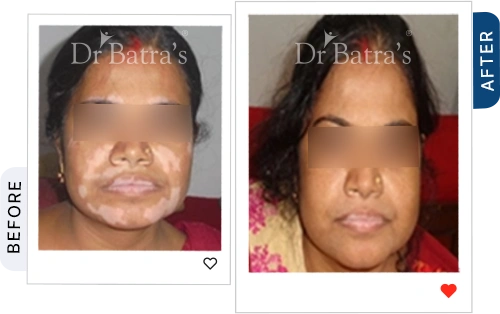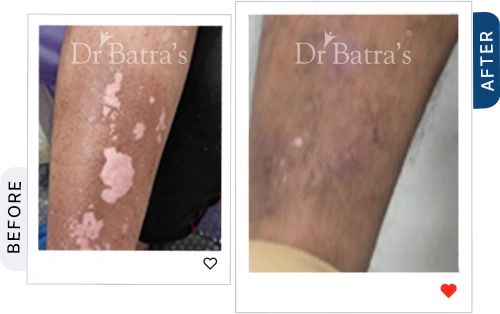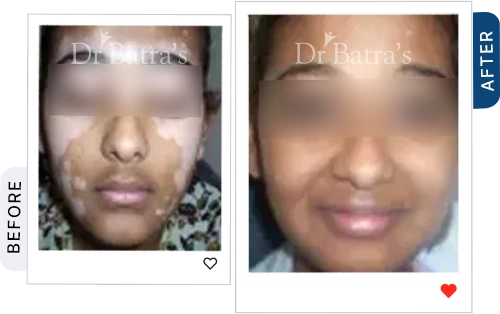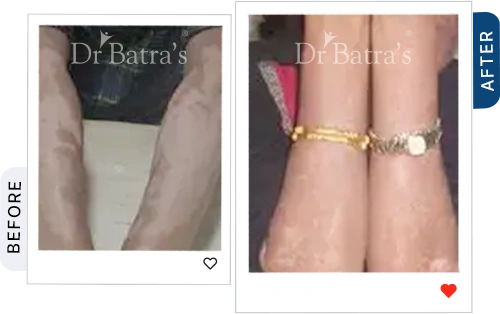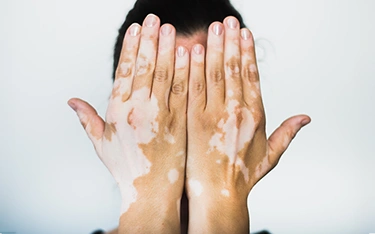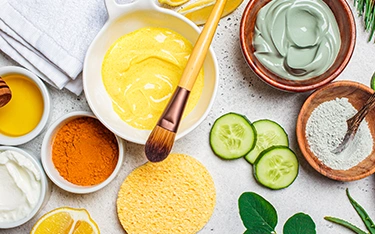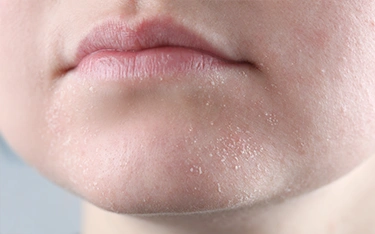FAQs
What skincare is good for vitiligo?
Hydrating moisturisers, SPF 50 sunscreen, and sulfate-free cleansers protect and nourish vitiligo-affected skin.
How to treat vitiligo on the face?
Keep the skin hydrated, avoid harsh cosmetics, and apply dermatologist-approved topical creams.
Can vitiligo skin be restored?
While complete reversal is rare, homeopathy and safe treatments can help manage and repigment some areas
How can I protect my skin from vitiligo?
Wear sunscreen daily, eat an antioxidant-rich diet, and avoid excessive sun exposure to prevent further depigmentation.
Which soap is best for vitiligo?
Use mild, glycerin-based, or pH-balanced soaps to prevent skin dryness and irritation.
